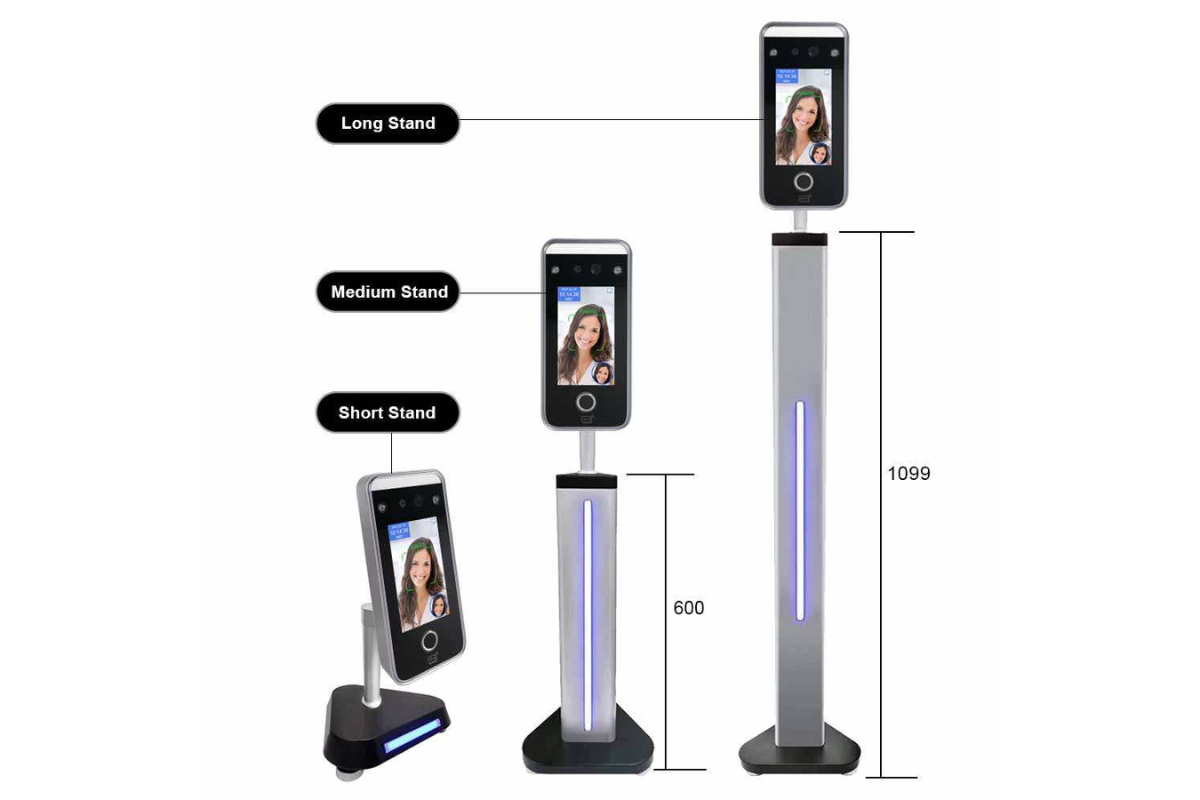- You have no items in your shopping cart
- Subtotal:

The biometric facial recognition is a way of identifying or confirming an individual’s identity using their face. Facial recognition systems can be used to identify people in photos, videos, or in real-time.
Facial recognition is a category of biometric security. Other forms of biometric software include voice recognition, fingerprint recognition, and eye retina or iris recognition. The technology is mostly used for security and law enforcement, though there is increasing interest in other areas of use.
Step 1: Face detection
- The camera detects and locates the image of a face, either alone or in a crowd. The image may show the person looking straight ahead or in profile.
Step 2: Face analysis
- Next, an image of the face is captured and analyzed. Most facial recognition technology relies on 2D rather than 3D images because it can more conveniently match a 2D image with public photos or those in a database. The software reads the geometry of your face.
- Key factors include the distance between your eyes, the depth of your eye sockets, the distance from forehead to chin, the shape of your cheekbones, and the contour of the lips, ears, and chin. The aim is to identify the facial landmarks that are key to distinguishing your face.
Step 3: Converting the image to data
- The face capture process transforms analog information (a face) into a set of digital information (data) based on the person’s facial features. Your face’s analysis is essentially turned into a mathematical formula. The numerical code is called a faceprint. In the same way that thumbprints are unique, each person has their own faceprint.
- AI06 Face Recognition Attendance Machine Card Reader
- AIFace11 Dynamic Face Recognition Terminal

